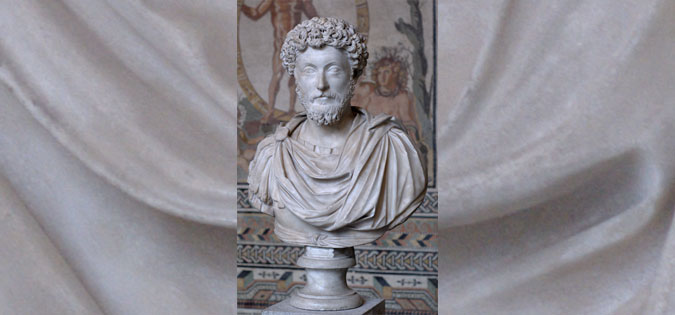
What’s interesting about the idea of spiritual exercises is precisely that it is not a matter of a purely rational consideration, but the putting in action of all kinds of means, intended to act upon one’s self. Imagination and affectivity play a capital role here: we must represent to ourselves in vivid colors the dangers of such-and-such a passion, and use striking formulations of ideas in order to exhort ourselves. We must also create habits, and fortify ourselves by preparing ourselves against hardships in advance. (Philosophy as a Way of Life, Blackwell 1995, p. 284.)
What the ancients understood, and what Ignatius recaptured, is that people are not really governed by reason. We are governed by passions, and we can learn to master them or be mastered by them. Spiritual exercises are about choosing to act only on those passions which originate in God and lead us back to God.
Image: Emperor and Stoic philosopher Marcus Aurelius, from the Glyptothek, Munich, courtesy of Bibi Saint-Pol.
